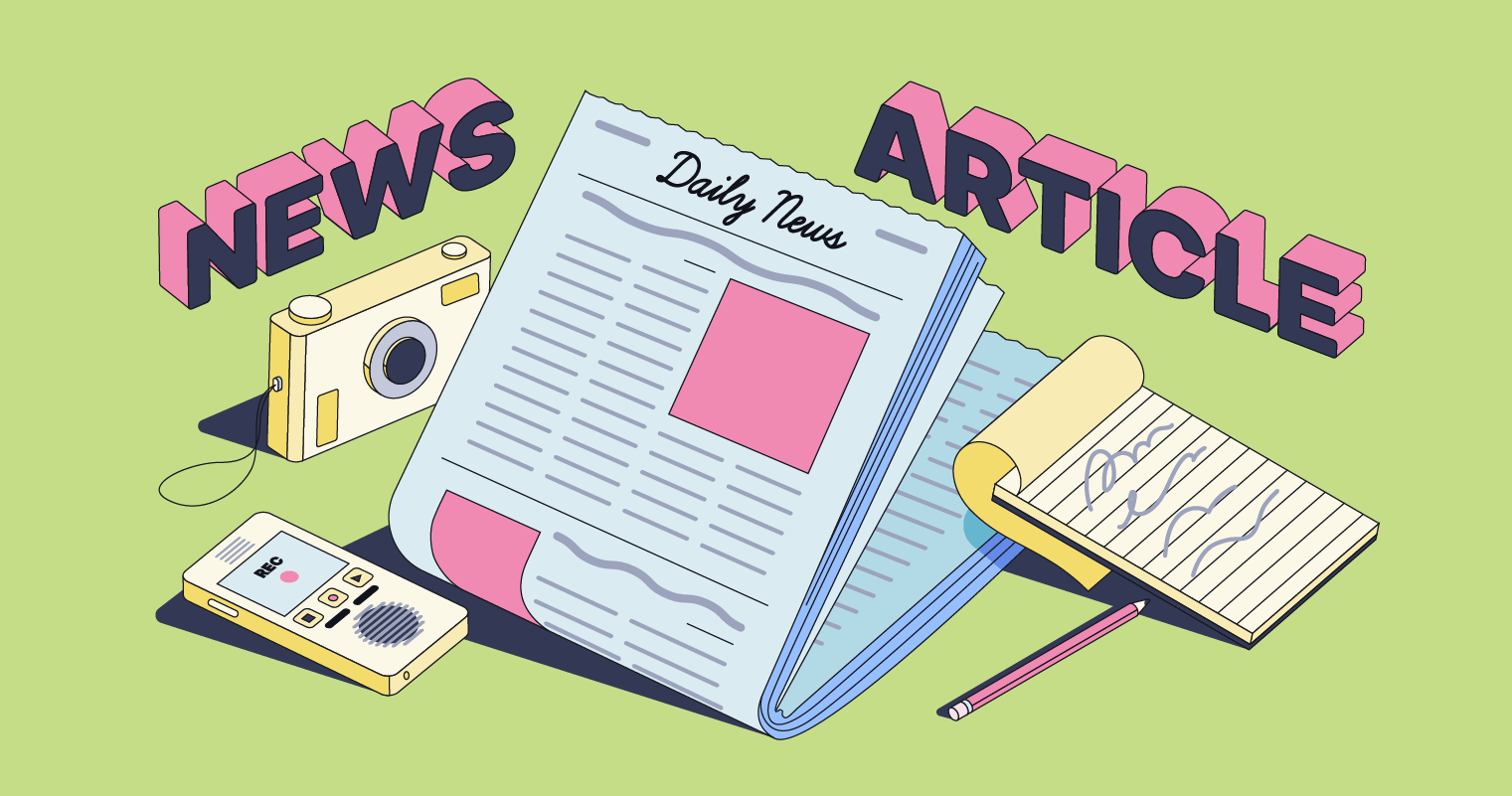News Articles Fundamentals Explained
News Articles Fundamentals Explained
Blog Article
News Articles Fundamentals Explained
Table of ContentsNews Articles Things To Know Before You Get ThisThe Only Guide to News ArticlesNews Articles - TruthsGet This Report on News ArticlesSee This Report about News Articles
Good knowledge of different subjects offers trainees an one-upmanship over their peers. Also though electronic and social networks are readily available, we ought to not neglect just how vital it is to read the newspapers. Moms and dads should try and inculcate the behavior of reading a paper as an everyday regimen to continue the tradition of the revered print medium.Information stories also have at the very least one of the complying with important qualities relative to the designated audience: proximity, prominence, timeliness, human passion, anomaly, or effect.
Within these limits, information tales likewise aim to be thorough. Amongst the larger and extra reputable papers, justness and balance is a significant variable in providing details.
Newspapers with a global audience, for instance, often tend to use a more official design of creating. The certain selections made by a news outlet's editor or editorial board are typically gathered in a design guide; usual design guides consist of the and the United States News Design Book. The main objectives of information writing can be summed up by the ABCs of journalism: precision, brevity, and clearness.
The Best Strategy To Use For News Articles
Generally, reporters will certainly not make use of a lengthy word when a short one will do. They make use of subject-verb-object building and construction and brilliant, active prose (see Grammar). They use stories, instances and allegories, and they rarely depend upon generalizations or abstract concepts. News writers try to stay clear of using the exact same word greater than when in a paragraph (occasionally called an "echo" or "word mirror").
Headlines sometimes omit the subject (e.g., "Jumps From Watercraft, Catches in Wheel") or verb (e.g., "Pet cat lady fortunate"). A subhead (additionally subhed, sub-headline, subheading, caption, deck or dek) can be either a subordinate title under the primary headline, or the heading of a subsection of the write-up. It is a heading that precedes the major text, or a team of paragraphs of the main text.

Additional signboards of any of these kinds may show up later on in the write-up (particularly on succeeding web pages) to lure more reading. Such billboards are additionally used as pointers to the short article in various other sections of the publication or website, or as ads for the piece in various other publication or websites. Regular framework with title, lead paragraph (recap in bold), various other paragraphs (information) and contact info.

Instance of a hard-lead paragraph NASA is suggesting an additional space job. The agency's budget demand, announced today, included a strategy to send one more goal to the Moon. This moment the firm wishes to establish a long-lasting center as a jumping-off place for various other room journeys. The budget plan requests about $10 billion for the task.
The NASA statement came as the company asked for $10 billion of appropriations for the job. An "off-lead" is the second essential front page information of the day. The off-lead appears either in the top left edge, or straight listed below the lead on the. To "hide the lead" is to start the article with history info or details of secondary importance to the viewers, compeling them to review even more deeply right into a write-up than they need to have to in order to discover the crucial factors.
A Biased View of News Articles
Common use is that or 2 sentences each develop their very own paragraph. Reporters normally explain the company or framework of a newspaper article as an inverted pyramid. The vital and most fascinating components of a story are put at the beginning, with supporting details following in order of reducing value.
It enables people to explore a subject to only the depth that their interest takes them, and without the charge of details or nuances that they could consider pointless, but still making that details available to extra useful reference interested readers. The upside down pyramid structure likewise enables short articles to be trimmed to any kind of arbitrary size during design, to fit in the room offered.
Some authors start their tales with the "1-2-3 lead", yet there are numerous type of lead readily available. This style invariably begins with a "5 Ws" opening up paragraph (as described over), adhered to by an indirect quote that serves to support a major component of the very first paragraph, and afterwards a straight quote to sustain the indirect quote. [] A twist can refer to several things: The last tale current program; a "pleased" tale to end the program.
Longer write-ups, such as magazine cover posts and the pieces that lead the inside sections of a newspaper, are known as. Attribute stories differ from straight news in a number of ways.
The Main Principles Of News Articles
A feature's first paragraphs typically associate an appealing minute or occasion, as in an "unscientific lead". From the details of an individual or episode, its view swiftly broadens to generalizations concerning the tale's topic.

The Editor's Tool kit: A Recommendation Guide for Beginners and Professionals (2001) Allan M. Siegal and William G. Connolly. The New York Times Manual of Design and Usage: The Authorities Design Overview Utilized by the Writers and Editors of the Globe's Most Reliable Newspaper (2002) M. L. Stein, Susan Paterno, and R.
Report this page